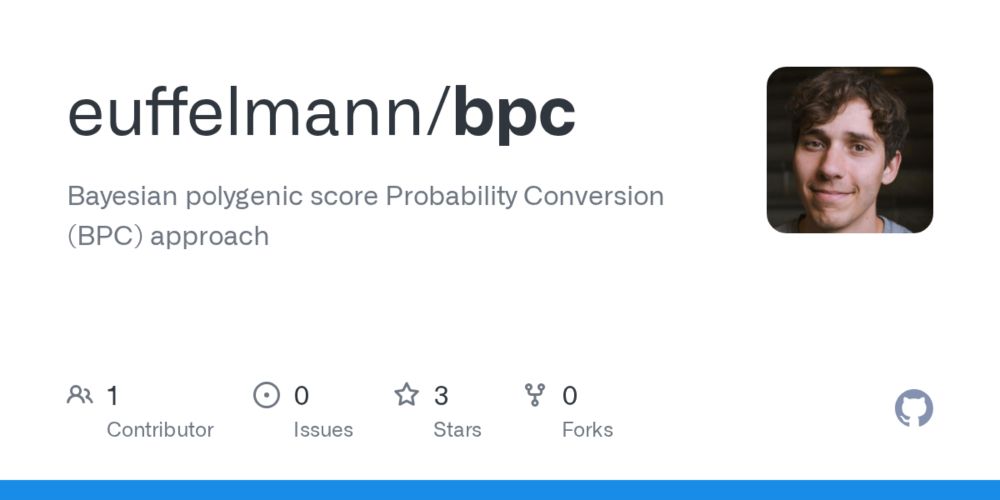Emil Uffelmann
@euffelmann.bsky.social
87 followers
180 following
53 posts
PhD student in statistical genetics at Vrije Universiteit Amsterdam
Posts
Media
Videos
Starter Packs











